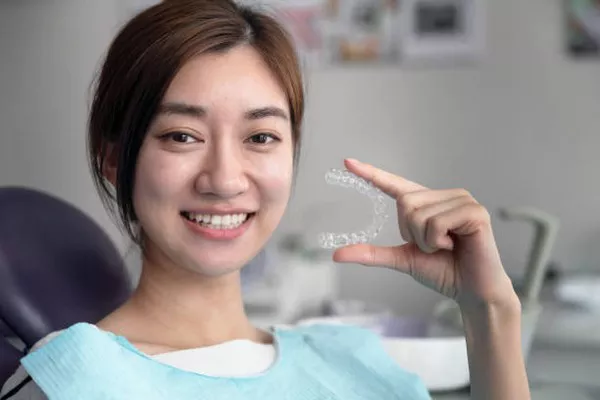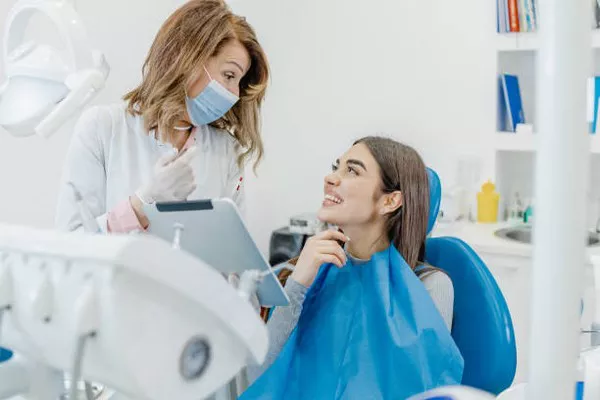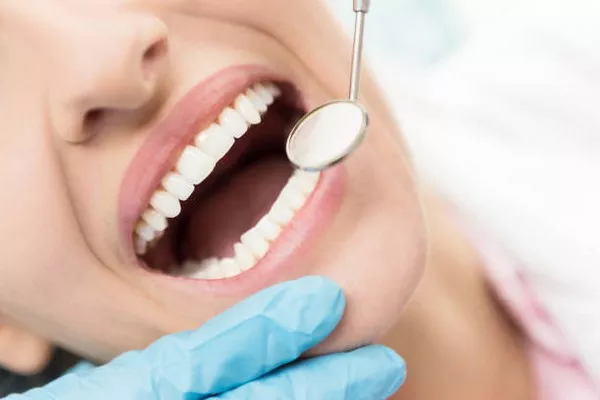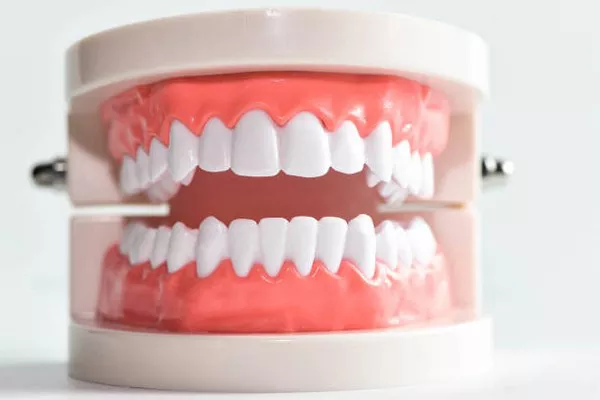Dental inalignment is a serious oral disease, mainly manifested as: tiger teeth, double teeth, crawling teeth, ground wrapping day and open lips and teeth.
The causes of the disease are complex, including innate genetic factors and acquired environmental factors. As a whole, the occurrence of dental malalignment is irresistible. At present, it is impossible to control the acquired tidiness of teeth from the genetic genes.
But PAY ATTENTION TO THE EXERCISE OF TEETH AND HEALTH care FROM childhood, avoid early loss of primary teeth, overcome bad oral habits, etc., can make a part of the crowd after dental replacement a pair of neat, beautiful teeth.
Once the teeth in the permanent dentition are not aligned, they can not be eliminated by themselves, only through orthodontic specialist to achieve normal dentition.
Research has confirmed that around the age of 12 is the best age for children to have orthodontics.
At this time, the maxillofacial development of the children is still in the rapid stage of growth and development, and the potential of maxillofacial growth and development should be used to ensure the best efficiency of tooth movement and alveolar bone remodeling, so as to achieve a perfect correction effect.
Clinically, some parents will have some concerns that orthodontic treatment will cause future tooth loosening, or even early tooth loss;
The patient of tooth extraction correction will damage the nerve because of tooth extraction, and even affect the patient’s intelligence, etc., these are not scientific.
Modern orthodontic studies have revealed that orthodontics is a slow biological remodeling process that induces tooth movement by light force. It is absorbed by the alveolar bone on one side of the moving tooth, and the alveolar bone on the other side is rebuilt, and finally the corrected tooth is repositioned and stabilized.
Therefore, receiving regular orthodontic treatment will never cause trauma to teeth and periodontal tissue.
The course of orthodontic treatment varies due to the severity of dental malalignment, generally 1.5 to 2.5 years, every 3 to 4 weeks a visit.
Corrective treatment is not only to move and align the teeth, but also to establish a stable functional occlusal relationship between the upper and lower teeth, to ensure that the midseam of the upper and lower teeth is coordinated with the midline of the face, and to pay close attention to the coordination between the arc of the dental arch and the facial shape, as well as the subtle aesthetic effect of changes in the shape of the dental arch on the upper and lower lips.






























